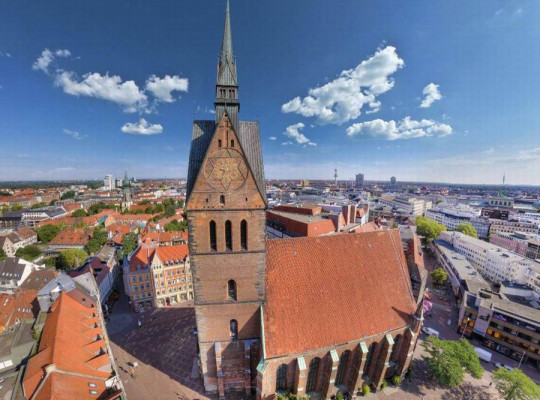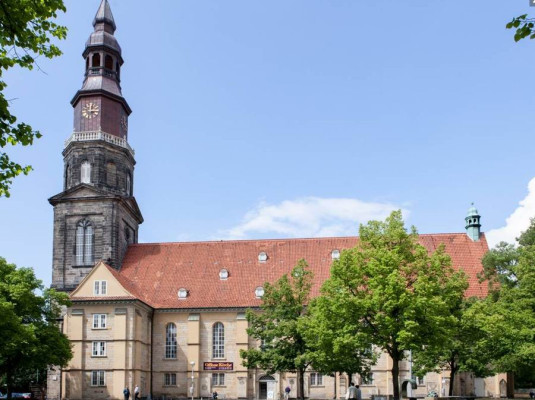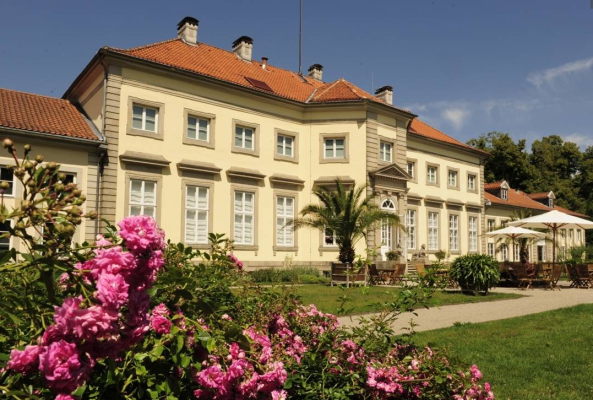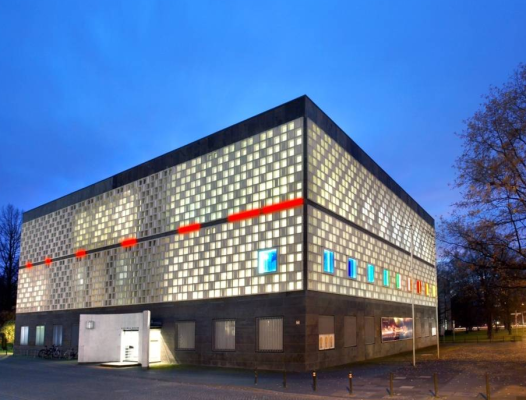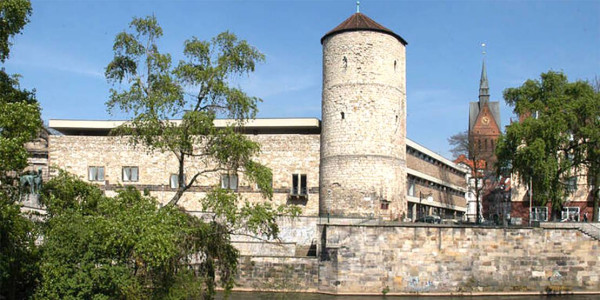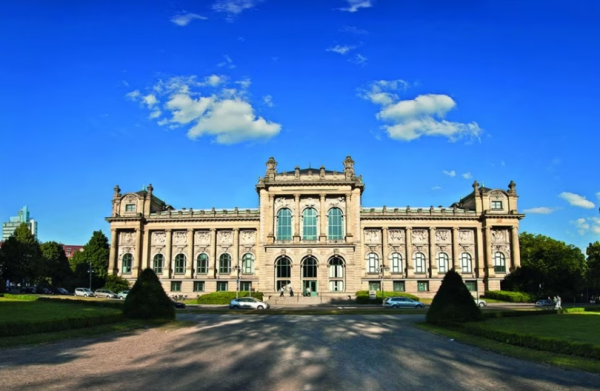The territory was named after its capital, the city of Hanover, which was the principal town of the region from 1636. In contemporary usage, the name is only used for the city; most of the historical territory of Hanover forms the greater part of the German Land of Lower Saxony but excludes certain areas.
Hanover was founded in medieval times on the east bank of the River Leine. Its original name Honovere may mean ‘high (river)bank’, though this is debated.
Hanover was a small village of ferrymen and fishermen that became a comparatively large town in the 13th century, receiving town privileges in 1241, owing to its position at a natural crossroads. As overland travel was relatively difficult its position on the upper navigable reaches of the river helped it to grow by increasing trade.
It was connected to the Hanseatic League city of Bremen by the Leine and was situated near the southern edge of the wide North German Plain and north-west of the Harz mountains, so that east–west traffic such as mule trains passed through it.
Hanover was thus a gateway to the Rhine, Ruhr and Saar river valleys, their industrial areas which grew up to the southwest and the plains regions to the east and north, for overland traffic skirting the Harz between the Low Countries and Saxony or Thuringia.
In the 14th century the main churches of Hanover were built, as well as a city wall with three city gates. The beginning of industrialization in Germany led to trade in iron and silver from the northern Harz Mountains, which increased the city’s importance.
The Province of Hanover was a province of the Kingdom of Prussia and the Free State of Prussia from 1868 to 1946.
In 1946, the British military administration made the Province of Hanover the main part of the land of Lower Saxony, along with the states of Oldenburg, Brunswick, and Schaumburg-Lippe, with the city of Hanover as the capital of the new state.



